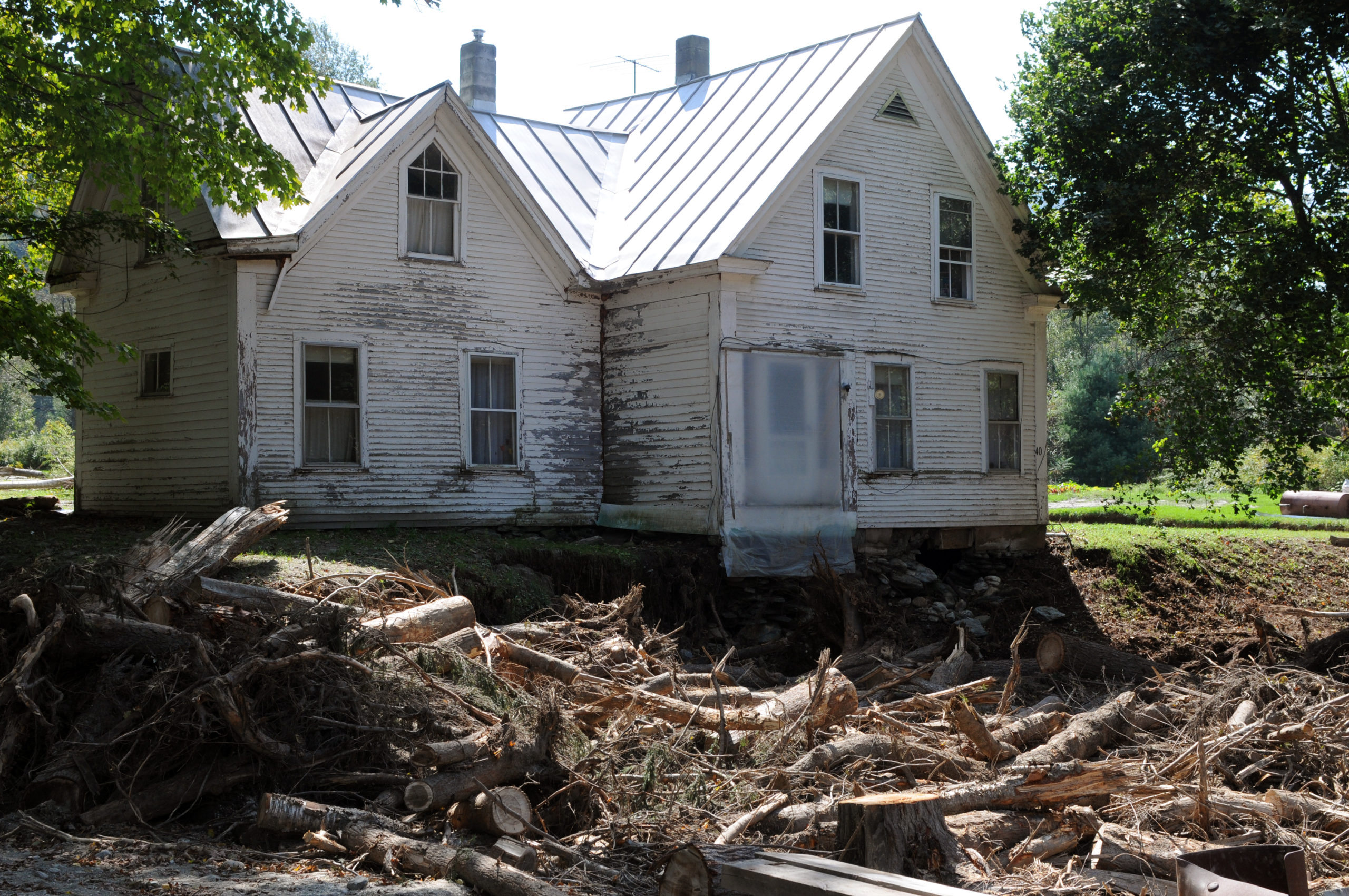Disaster Philanthropy Playbook

Vermont Community Foundation Responds to Tropical Storm Irene
While the Vermont Community Foundation had emergency plans in place for their organization and their immediate service areas, they had not planned for the widespread disaster caused by Tropical Storm Irene. Moreover, when the storm subsided, road access was completely cut off in some areas, making parts of Vermont inaccessible for needs assessments. Despite these challenges, in the aftermath of Hurricane Irene, the Foundation took a leadership role in the state’s disaster relief efforts, helping to provide technical assistance and resources to populations in need—many of whom were overlooked or ineligible for federal and state dollars.
Immediately following the storm, the Foundation established a dedicated website to help coordinate the philanthropic response and facilitate recovery efforts. To assess the areas in greatest need, the Foundation collected information from social media. Armed with this data, as federal and state dollars started to come into Vermont, the Foundation focused its grantmaking on farms, nonprofit organizations and mobile home residents.
Agriculture is a critical part of Vermont’s economy, and to provide support to individual farmers who were affected by the flood, the Foundation established the Vermont Farm Disaster Relief Fund, in partnership with the Vermont Agency of Agriculture. The Fund was launched within a week of Irene, and the first grants were dispersed within 10 days of the disaster.
In the aftermath of Hurricane Irene, the VCF took a leadership role in the state’s disaster relief efforts, helping to provide technical assistance and resources to populations in need.
In the absence of a statewide opportunity for individuals to donate to damaged nonprofits, the Foundation established several giving opportunities for individuals including the Vermont Farm Disaster Relief Fund, the Mobile Home Relief Fund and the Special and Urgent Needs Fund – Irene Recovery. Because the new fund was an expanded version of the Vermont Community Foundation’s existing Special and Urgent Needs Fund, which provided small grants for emergencies, it could be launched quickly. The Fund provided immediate support to nonprofit organizations that were either affected by the flood or had seen a dramatic increase in demand for services because of the flood.
Because mobile home parks are often located in vulnerable areas or on marginal land, such like flood plains, these residents were disproportionately affected by Irene. As a result of the storm, sixteen mobile home parks across the state suffered severe damage and 700 families were displaced. Furthermore, since mobile homes are not permanent “stick-built” homes on foundations, residents did not have access to full reimbursement from FEMA, even when their home was totally destroyed. To aid these residents, the Foundation launched the Mobile Home Relief Fund. Managed by the Champlain Valley Office of Economic Opportunity (CVOEO), through their Mobile Home Project, and established in partnership with the Vermont Community Foundation, the Vermont Disaster Relief Fund, the Agency of Commerce, and the Office of the Lieutenant Governor, the Program was designed to provide immediate support for mobile home park relief efforts. The first priority was to pay for demolition and removal of destroyed and dangerous mobile homes at no cost to residents. The Fund took about three weeks to launch and a documentary film—The Strength of the Storm—was produced. The film details life in Vermont’s mobile home parks in the wake of Irene.
The impact of the storm resulted in a decreased number of already limited affordable housing options in the state. In order to replace this stock, as well as help local housing authorities prepare for future events, numerous stakeholders were called together to implement several new initiatives. The Vermont Department of Housing and Community Development issued a series of recommendations to improve the disaster resilience of mobile homes and parks. Its Report on the Viability and Disaster Resilience of Mobile Home Ownership and Parks also addressed longstanding challenges facing mobile home and park owners. Based on extensive research and collaboration with other agencies and stakeholders, the report suggested actions at the individual, local and statewide levels.
Eighteen months post-Irene, the Foundation continued to support disaster-impacted communities by aligning their investments and grant programs and working closely with Vermont’s Long Term Recovery Group to help redirect donations to the Vermont Disaster Relief Fund. The Foundation also participated in leadership efforts about resiliency and climate change work that continue today.
For more information about the Vermont Community Foundation’s response to Hurricane Irene, please visit http://www.vtfloodresponse.org/.